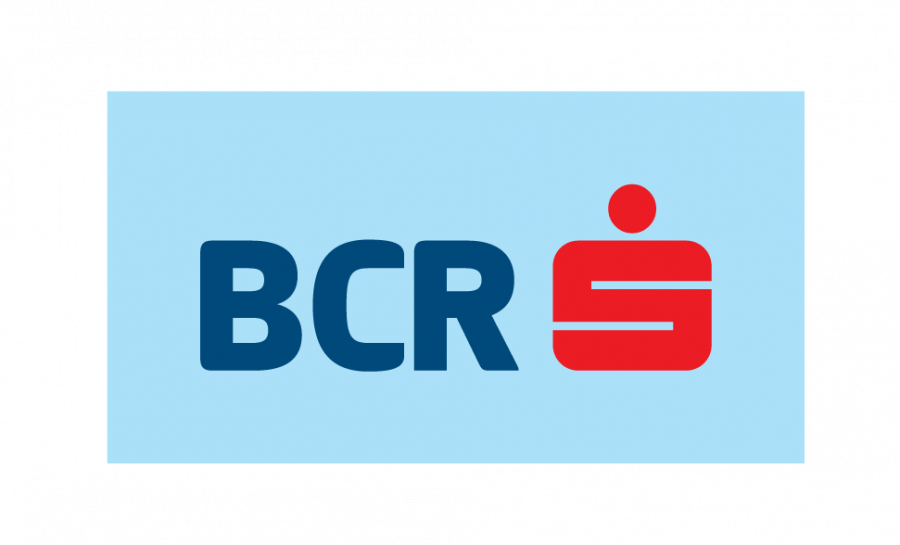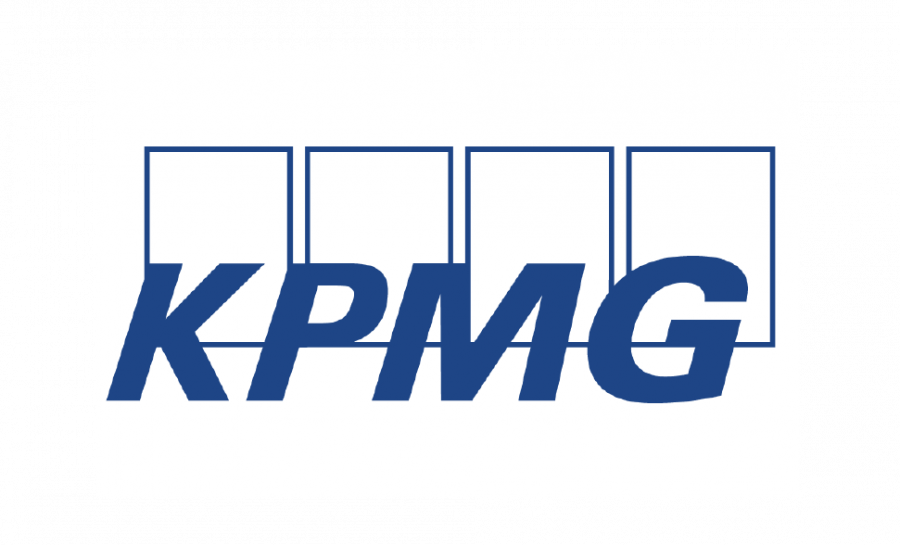30 September, 2019

If people don’t want your product, if they can’t understand the value your product brings, you don’t have product/market fit.
Similarly, if people are willing to pay for your product every month, you are profitable, and therefore your product has a market.
What is not so easy to determine is where you are in your journey to achieve product/market fit. Are you moving in the right direction? Or, are you moving at all?
These are questions you can only answer if you know how to progress towards your goal.
What is product/market fit?
Let’s start with the definition from Marc Andreesen, who originally coined “product/market fit” in his post “The Only Thing That Matters”:
“Product/market fit means being in a good market with a product that can satisfy that market.”
It’s a rather vague definition, what it means is startups should be able to determine where they’re standing: is word-of-mouth spreading? Are they getting good reviews? Do they close most of their deals?
Another definition is that of Josh Porter, found in “Principles of Product Design”:
“Product/market fit is when people sell for you.”
If people understand and use the product enough to recognize its value, that’s a huge win. But if they begin to share their positive experiences with others, all of a sudden, customers become salespeople.
How to achieve product/market fit?
Dan Olsen, product management expert and author of “The Lean Product Playbook”, has created a process to help articulate, test, and revise business plans so startups can achieve product/market fit. He proposes a six-step framework called the Lean Product Process.
Step 1: Identifying the target customer
The target customer is the person who will decide whether to use a product or not. No product has an unlimited potential market, so it makes sense to do market segmentation to define the ideal customer.
Segmentation helps define “buyer personas” and describe them to the product team so that everyone understands who they’re building the product for. To identify buyer personas, the team should start from high-level research then refine and narrow down choices.
Step 2: Identifying any underserved customer needs
The next step is determining the most significant needs of potential customers.
It’s important to find specific needs that can create an excellent market opportunity, meaning they have to be vital for target customers.
Step 3: Defining the value proposition
The value proposition is mainly about how startups are going to face competition.
It’s very rare anyone will build something no one has ever built before. The market might be full of similar products, in which case startups should stand out; come up with innovative solutions, or outperform competitors.
Step 4: Specifying the MVP feature set
Once the value proposition is defined, the next step is specifying what functionality the minimum viable product (MVP) will include.
This way, the team is building only what is needed to create enough value for the target customer to validate that the product is headed in the right direction. The team should iterate until they have a minimum viable product that customers agree is viable.
Step 5: Creating the MVP prototype
Coding should wait until after prototyping.
Teams can use a mockup tool for prototyping their product, then show it to potential users, asking for opinions and feedback, and observing their behavior. Most prototyping tools provide enough fidelity and interactivity to obtain critical feedback from customers.
Step 6: Testing the MVP with potential customers
Teams should not turn to friends or family unless they are potential customers; otherwise, they risk getting the wrong type of feedback.
Instead, by giving free access to the design prototype to potential users, they can get relevant feedback from people who might end up buying the product later on, when it’s ready.
When interacting with potential customers, product managers should observe what they say or do while using the prototype, ask questions to clarify things, and try to dig deeper to get more insights. With every new customer feedback, teams will be able to see the big picture more clearly.
How to maintain product-market fit with the rule of 40
The SaaS rule of 40 suggests the growth rate plus the profit margin should equal or exceed 40%.
While any combination of those two elements adding up to 40% or more is great, the ratio should match the stage the startups is in. For example, if you’re seeing a profit of 35% with a 5% growth rate, you should be concerned about your long-term potential.
On the other hand, if your growth rate is soaring at 40% or more, but you’re not generating a profit, it’s not that bad. As startups grow, they can always lower their spending or increase pricing to begin making a profit.
“If you can build a strong foundation of product-market fit, you have a chance of growing your startup. You aren’t in for a walk in the park, but you are in a good starting place. This is why you need to focus obsessively on finding product-market fit without any concern for scaling.” (Sean Ellis, Founder of Growth Hackers)
Join us at How to Web Conference 2019 on the 30th & 31st of October to discuss more about product/market fit with Sean Ellis. Get your early bird ticket here: https://2019.howtoweb.co/buy-tickets/
Illustration credits: vecteezy.com
You may also like
5 Questions with April Dunford (author and product positioning expert) - Part 2
If people don’t want your product, if they can’t understand the value your product brings, you don’t have product/market fit. Similarly, if people are willing to pay for your product every month, you are profitable, and therefore your product has a market. What is not so easy to determine is where you are in your… Read more »
5 Questions with Bob Moesta (co-architect of the Jobs-to-be-Done framework)
If people don’t want your product, if they can’t understand the value your product brings, you don’t have product/market fit. Similarly, if people are willing to pay for your product every month, you are profitable, and therefore your product has a market. What is not so easy to determine is where you are in your… Read more »






